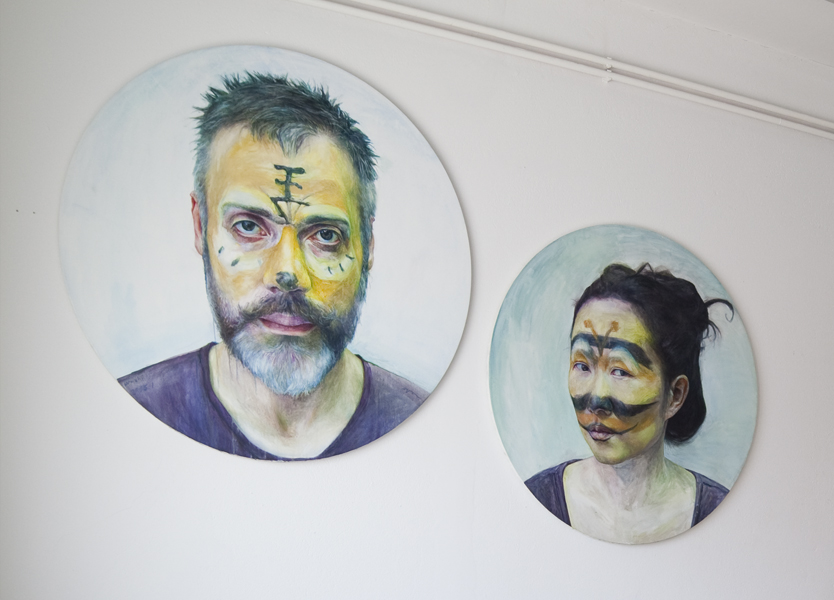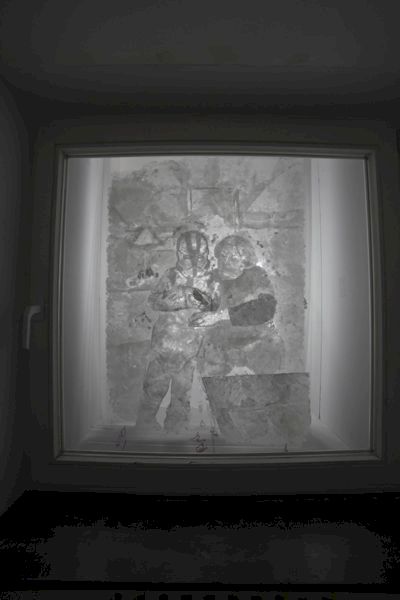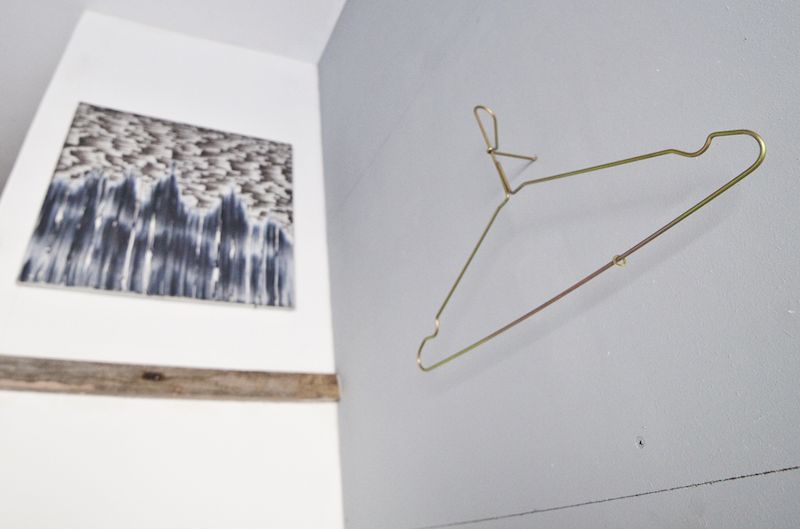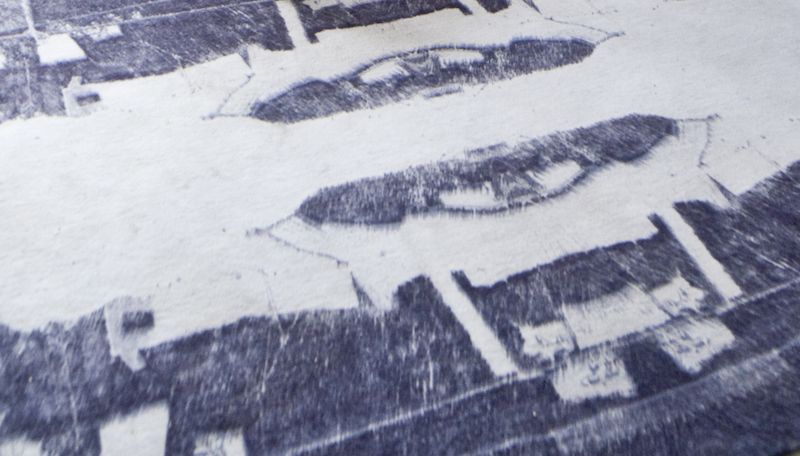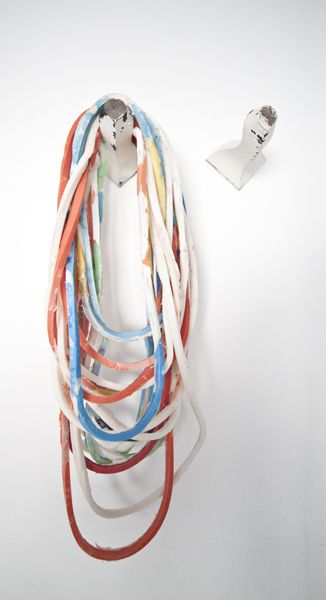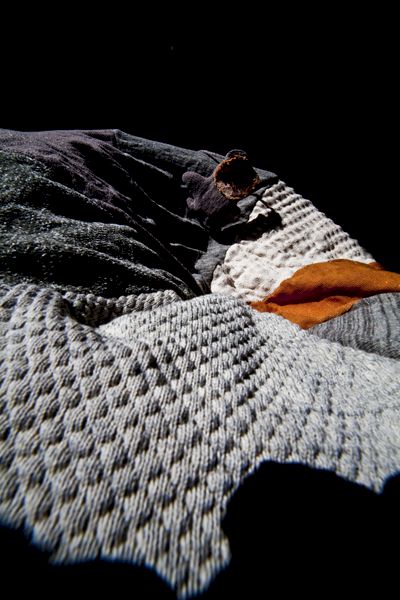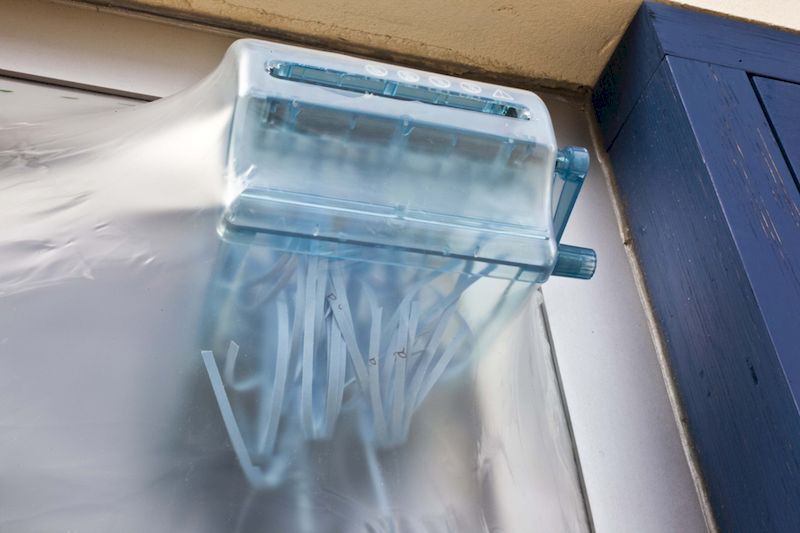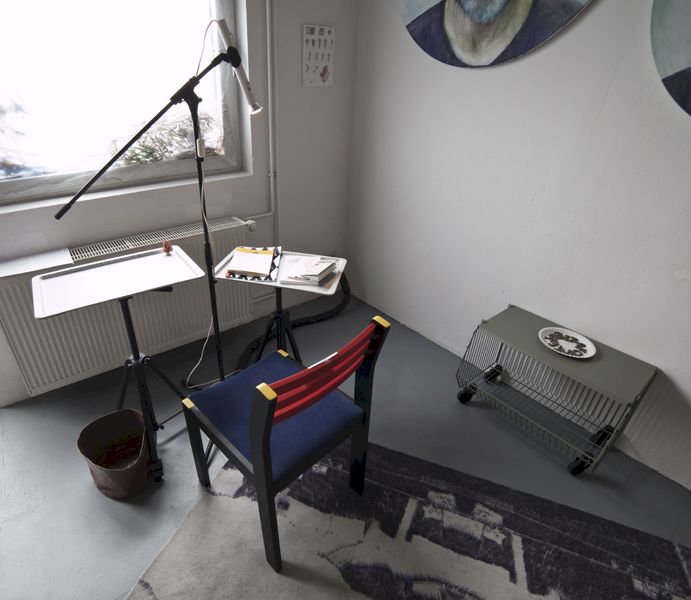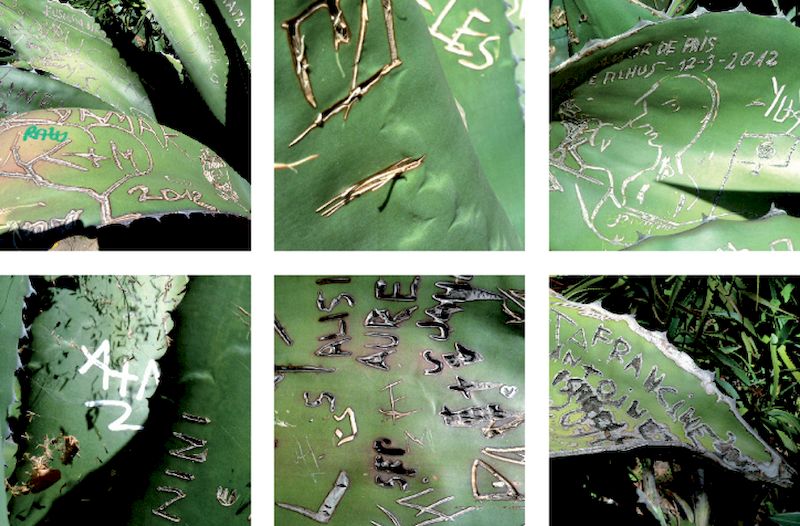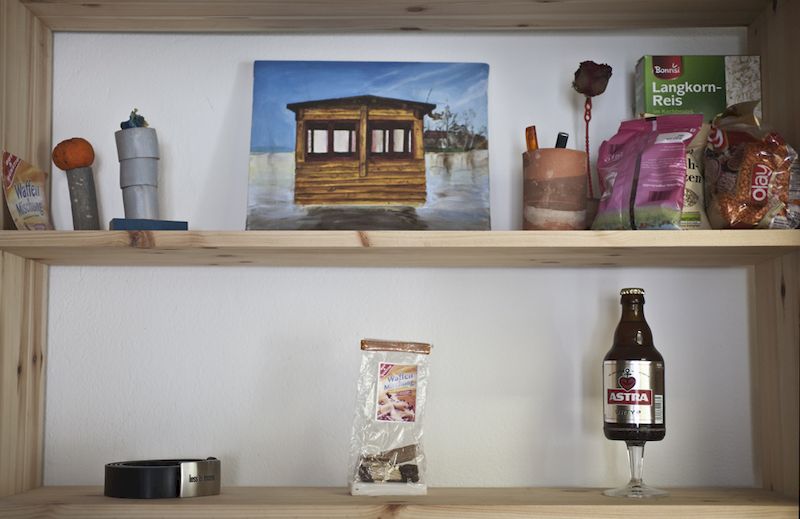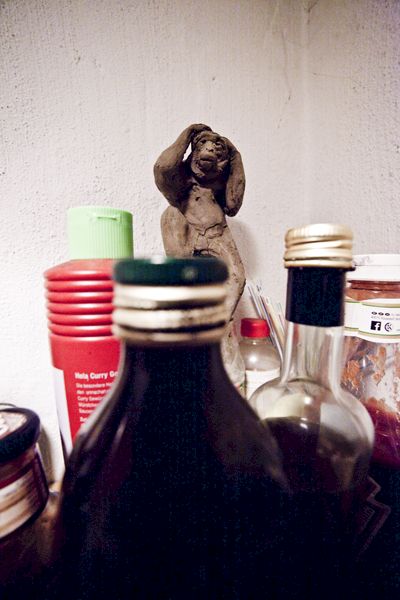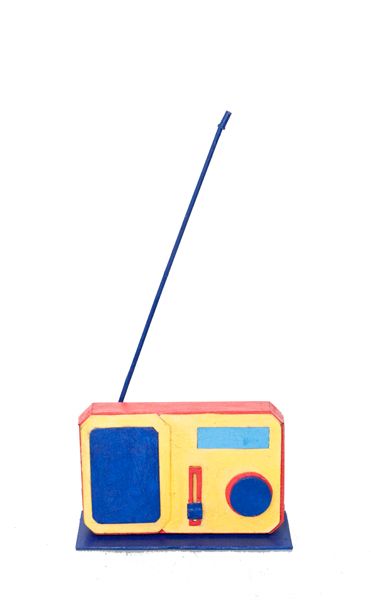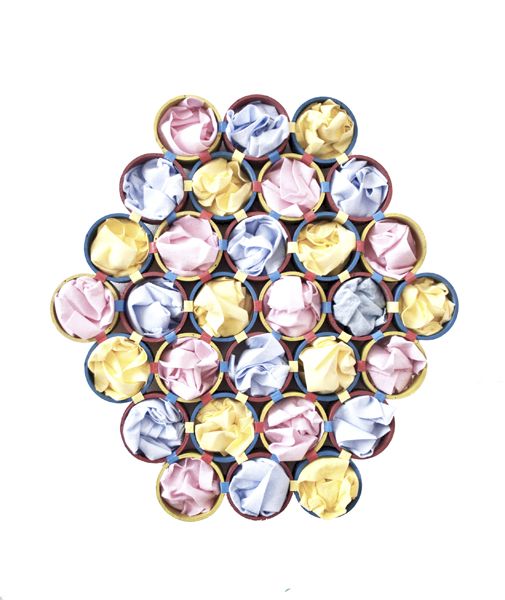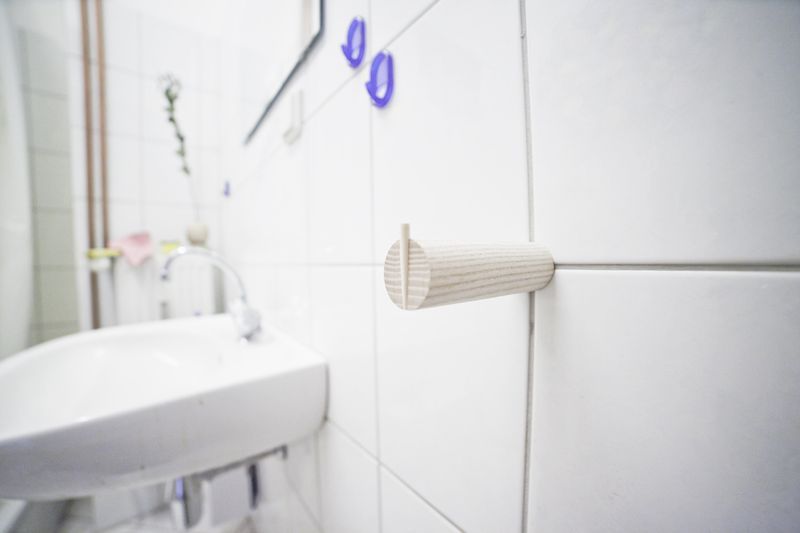|
Peter Schäfer: Tape Pot, brown tiled - adhesive duck tape, 22 x 26 x 26 cm, 2014
Adhesive tape thus far has mainly been known as a material for packing or repairs; but for Peter Schäfer, it is a kind of raw material like clay, glass or wicker, out of which you can easily form all kinds of containers, like bowls. The especially ingenious part is that each bowl is truly an original – even if the purely manual process were to be given over to machine production. (Text: Volker Albus)
Peter Schäfer: 1/4“ 20UNC alla Hisham, tray on tripod, 45 x 30 x 120 cm(max), 2015
Unlike its massive opponents this minimum version of a table is due to its components fully adjustable and due to the ultralight weight easy to move around. Its appearance is more tool than traditional furniture pice and emphasizes its usability.
Peter Schäfer: cablesuit multi-plug, black leather, 120 x 5 x 5 cm, 2013
Not a Bless N°26 Cable Jewellery but it fits my multi-plug anyway.
HA-PS: Wohnkorb, iron wire, cement grey, 64 x 43 x 38 cm, 2015
Distributed by Pension für Produkte this iconic furniture piece of shops and sales becomes by twisted size and material a useful piece for living. The main features like easy access and the fact that you can stack plenty baskets on top of each other is not only useful for shop displays but also for home use in kitchen, bath or living-room.
Hisham Almannai: Stativlampe, 2015
Peter Schäfer: Sorry Gerrit, color on mass-produced chair, 2015
|


